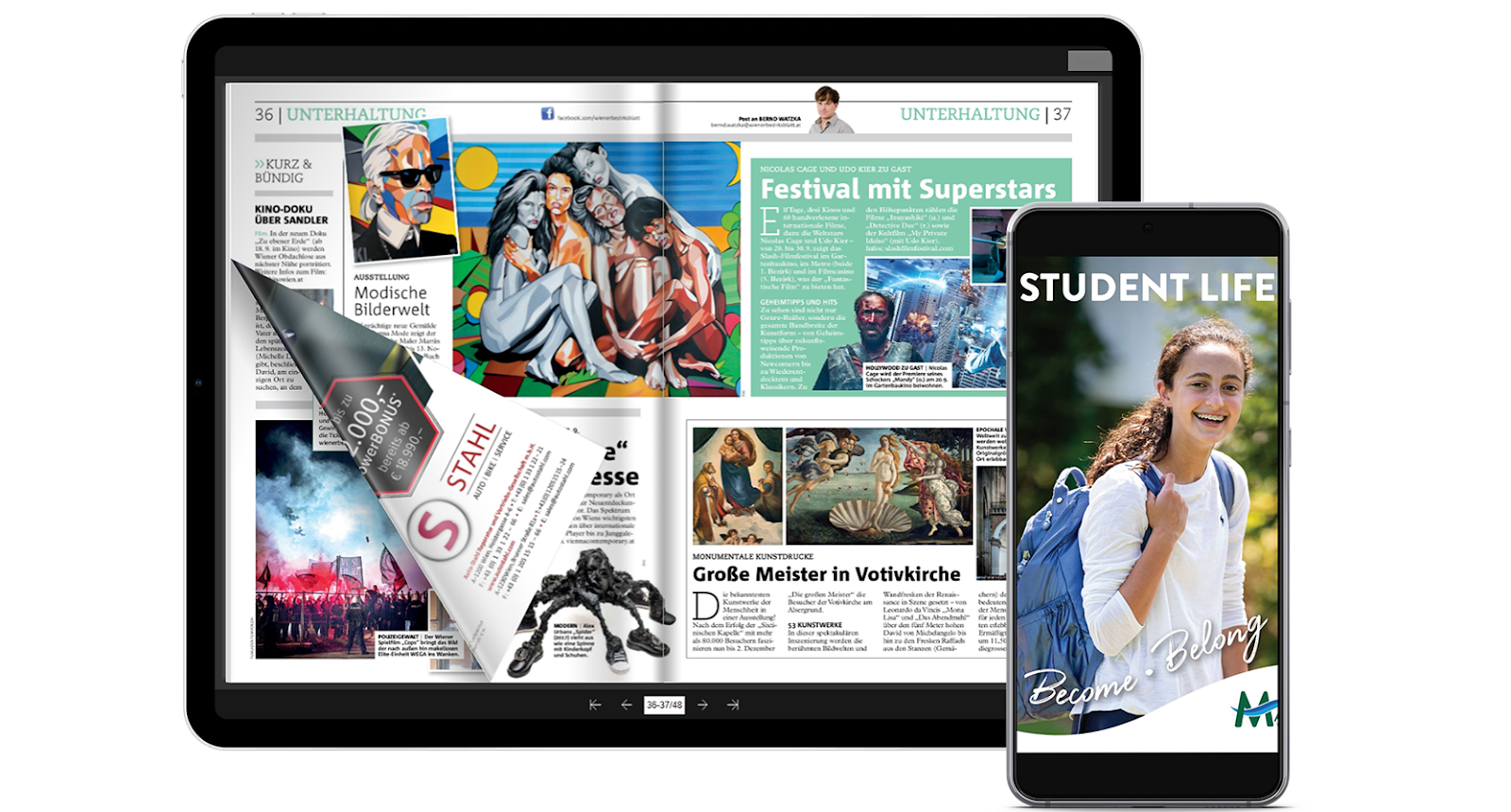Innovative Aid on The Interior Of The Earth
An innovative aid in the context of classroom teaching refers to a creative and novel tool, technique, or resource that enhances the learning experience and engages students in a more effective and interactive way. Examples of innovative aids include:
1. Virtual and Augmented Reality (VR/AR) tools
2. Interactive whiteboards and educational software
3. Artificial intelligence-powered learning platforms
4. Gamification and simulation-based learning tools
5. Makerspaces and DIY kits for hands-on learning
6. Multimedia resources like videos, podcasts, and interactive simulations
7. Collaborative learning platforms and online discussion forums
8. Adaptive learning systems that adjust to individual students' needs
9. 3D printing and modeling tools for visual learning
10. Virtual field trips and guest lectures via video conferencing.
These innovative aids can help teachers to:
- Increase student engagement and motivation
- Improve understanding and retention of complex concepts
- Encourage creativity, critical thinking, and problem-solving skills
- Provide personalized and inclusive learning experiences
- Enhance collaboration and communication among students
- Make learning more fun and interactive!
As part of the Second Phase Teaching Practise, a teacher trainee is expected to create an innovative aid on any part of the chapter, and upload the report on the blog.
The content of the topic was to teach the interior of the Earth. Earth's interior is divided into three parts, namely Crust, Mantle and Core.
Crust is further divided into Continental crust and oceanic crust. The mantle is further divided as the upper and lower mantle. Core is further divided as the outer and inner core. This was conveyed using a concept map.
Information about the interior of the Earth is obtained through various means such as the volcanic eruptions, data from the mines, seismic waves, etc. There is no way to reach out to the interior of the Earth. It is still a mystery about what is inside and it is not possible to confirm if our theories are right or not. The temperature and pressure inside the earth increases with depth. The temperature at the centre of the Earth is about 5000°C, when even the iron melts at 1538°C. Although manmade vehicles could reach as far as the Mars, which is about 225 million kilometres away, man has not yet been able to go beyond 12 kilometres deep inside the Earth on which he lives.
For all these same reasons, there are no images or videos or other sources present that can be used to show the students and create a lasting impression. Hence, this portion was chosen for making an innovative aid.
Through the model, I wanted the students to imagine and experience the feel of opening up the Earth. It will be easier for them to recall and remember the parts and have an experiential learning with the use of a model.
They could also study and analyse the parts of the Earth better with the help of the model.
Since it is a movable model/working model, students also showed the factory of wow, or unexpectedness through the aid. Students were not expecting to see the Earth open, which made them interested in the topic suddenly.
I took the class on Friday, 5th of July, 2024, at the VIII C of Government Girls Higher Secondary school, Peroorkada. Students showed an engaging and positive response to the aid. The objectives with which the aid was created was met during the presentation. Combined with the presentation on the chart, students were eager to know more and kept asking doubts about the portion.
Overall, I felt much confident in the aid I could present and that the content has been successfully transmitted to the students.




